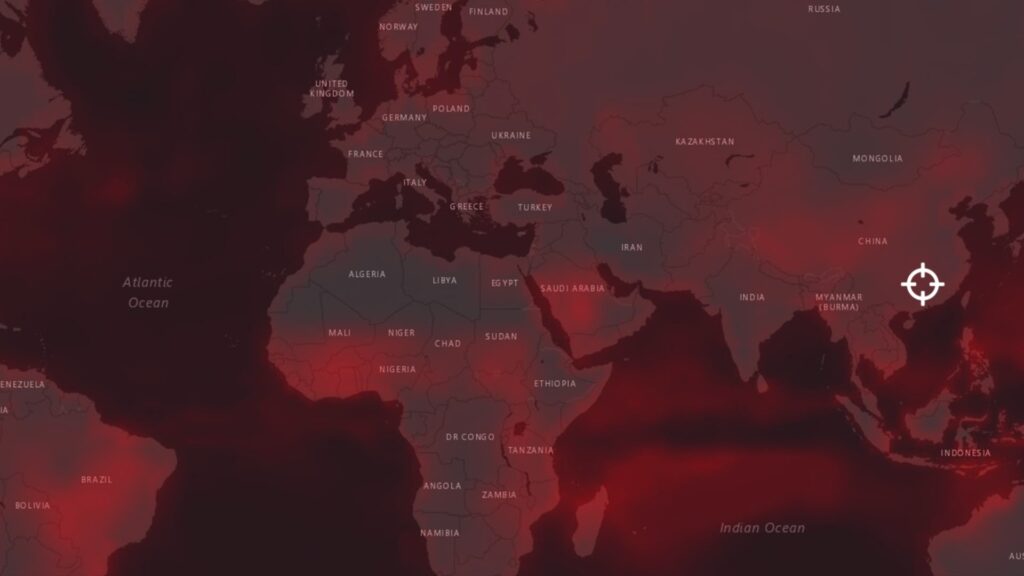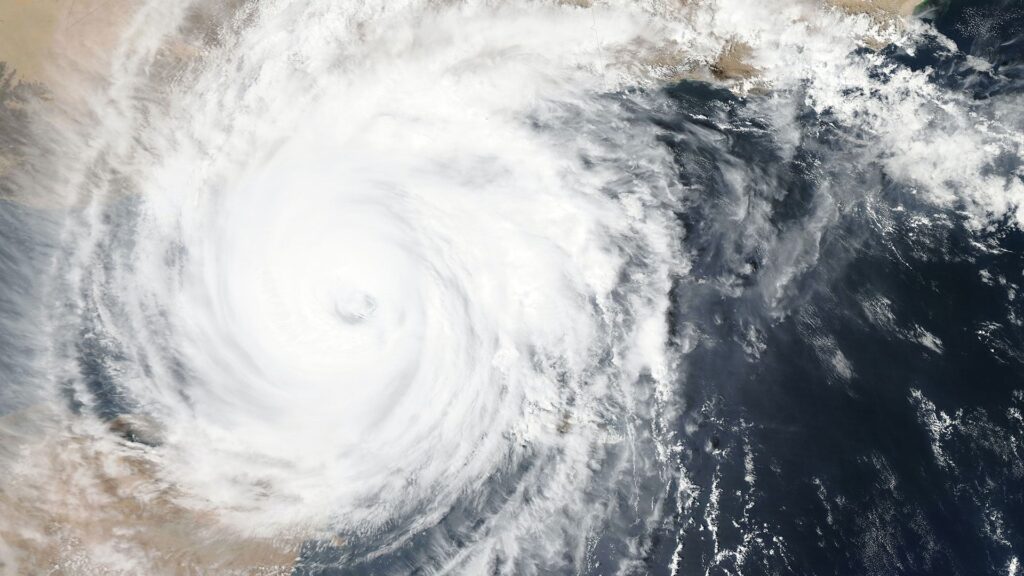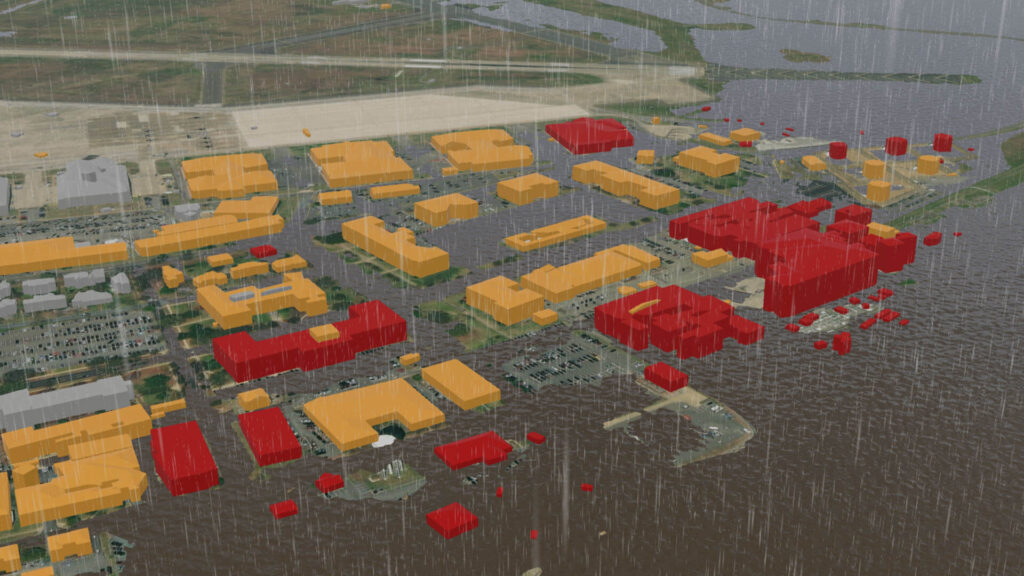Today’s business environment has drastically changed as business leaders realize that strategies that promote brand longevity and sustainable growth are more important than short-term profit maximization.
The last few years have been a whirlwind for executives as consumer-facing businesses, from retail and commercial real estate to financial services and manufacturing, have experienced endless shocks to their operations. Just as the pandemic was showing signs of waning, hopes of getting back to normal were stifled by challenges to supply chains, economic uncertainty, political unrest, rampant retail crime, and a constant barrage of natural disasters. In the face of these growing obstacles, the reality is sinking in for many business leaders that this unprecedented disruption is the new normal—there is no going back.

Successful businesses must invest in tools and processes to assess their ability to absorb shock and proactively mitigate disruptions to fulfill their brand promises. Several industry leaders are developing strategies to help them be more agile and better adjust and react to sudden, unexpected disruptions and longer-term threats. Companies like AT&T, for example, are anticipating the impact of climate-driven disorders in their long-range plans to harden critical assets and enhance network continuity proactively. Additionally, one European furniture retailer is forecasting resource scarcity, looking at how moderate increases in average temperatures affect its access to certain woods used to manufacture its products. These companies leverage geospatial tools, data, and methodologies that empower them to anticipate when events or conditions will disrupt their operations and take appropriate steps to minimize business impact.
These large-scale resilience and sustainability initiatives involve far more than just corporate governance. Executives are strategically investing in these areas to solidify their competitive advantage in the coming years. The competitive landscape for many organizations changed dramatically during and even after the pandemic. For realtors, finding tenets for shopping centers or office parks continues to change. As the mix of stores and services changes, so does the traffic patterns and the customer expectations as people change how they engage with physical locations. The ability to anticipate these evolving market demands empowers companies to satisfy emerging needs before the competition.

Building a Business to Last
Geospatial technology is at the core of the strategies of best-in-class companies to anticipate and mitigate external threats to their business. Using geographic information system (GIS) technology as a foundation, executives can use a geographic approach framework and leverage a digital twin of their company’s network, assets, and supply chain. Companies can explore how different tactics might play out, using local data and geospatial analytics to model outcomes and create robust plans to account for anticipated risks and events.

The geographic approach is a way of thinking and problem-solving that integrates and contextualizes disparate data streams to generate more significant insights—leveraging the crucial context of location. Executives use spatially oriented applications like real-time dashboards and dynamic maps to reveal patterns and trends; model scenarios and solutions; and, ultimately, make sound, strategic decisions.
Building a Resiliency Strategy
Within resilience planning, the geographic approach empowers analysts and executives to forecast, detect, evaluate, react to, and review risks and disruptions.
1. Forecast
Companies are using GIS to understand how the location of their stores and facilities affects their risk profiles. It’s one thing to measure risk from a single point of context—this location, in this neighborhood, has this risk. The real benefit these businesses can realize from GIS is how that risk profile can evolve and change over time. These changes can be due to macrolevel factors like climate change or fire danger. Just as critical and often more challenging to detect and interpret can be slow-moving shifts that affect communities, like changes to the economic situation or the loss of an employer. GIS can help businesses understand how these changes can impact the risk profile for a given location and allow them to develop tactics to mitigate that risk should disruptions occur.
2. Detect
Using real-time data, businesses are building dashboards and using analysis to provide operational awareness about current conditions in and around their locations. They can learn what triggers are present that might indicate an incident is more likely to occur and where they should focus resources. When they can share that information in the enterprise, they can learn what sorts of activities might lead to incidents. GIS allows them to create triggers to notify stakeholders and team members, improving reaction time.

3. Evaluate
Once data has been geospatially enabled, the next step is to use location analytics in GIS to find insights that can inform strategies and direct actions to mitigate disruption. Geospatial technology is uniquely suited for finding spatial patterns in data. These patterns allow users to find the discrete correlations between business activities, results, and local conditions that impact businesses’ ability to execute their strategies and manage day-to-day operations. GIS exposes local conditions and vulnerabilities and enables decision-makers to quickly understand risk and risk mitigation in the context of geography and, specifically, location.
4. React
When a business understands risk, where it’s coming from, and how it can impact its operations, it can create plans to mitigate that risk or to react and build strategies that account for potential disruptions. One of the most powerful tools GIS technology provides in this space is the ability to create a digital twin of a company’s network, assets, and supply chain. Companies can explore how different tactics might play out, using local data and geospatial analytics to model outcomes and create robust plans to account for anticipated risks and events.
5. Review
Once the pieces are in place to understand risk, manage disruption, and model strategies and tactics to ensure companies are ready for the unexpected, they can spend more time focusing on growing their business. GIS can also inform strategies that can drive more efficient operations while ensuring that potential risks are assessed and plans are in place to handle disruption effectively should the need arise.

Disruption Is the New Normal
When business executives understand their risks, where they are coming from, and how they can impact their operations, the company is in a better position to create effective plans and strategies to mitigate disruptions proactively. As companies continue to be affected by a growing number of risks, building resilience strategies to anticipate and mitigate external threats has become necessary. Geospatial technology is at the core of the strategies of best-in-class companies to forecast, detect, evaluate, react to, and review risks and disruptions. Geospatial tools, data, and workflows empower businesses to create digital twins of their network, assets, and supply chain to model outcomes and make robust plans that account for anticipated risks and events—ensuring long-term stability and growth.





